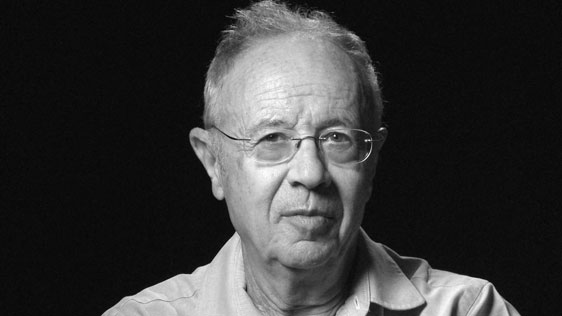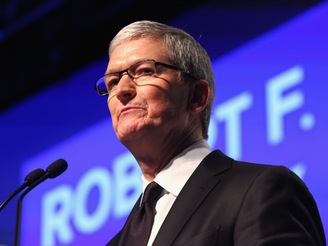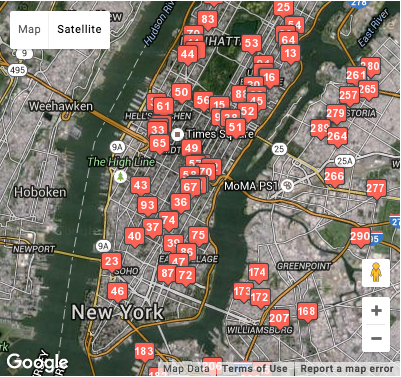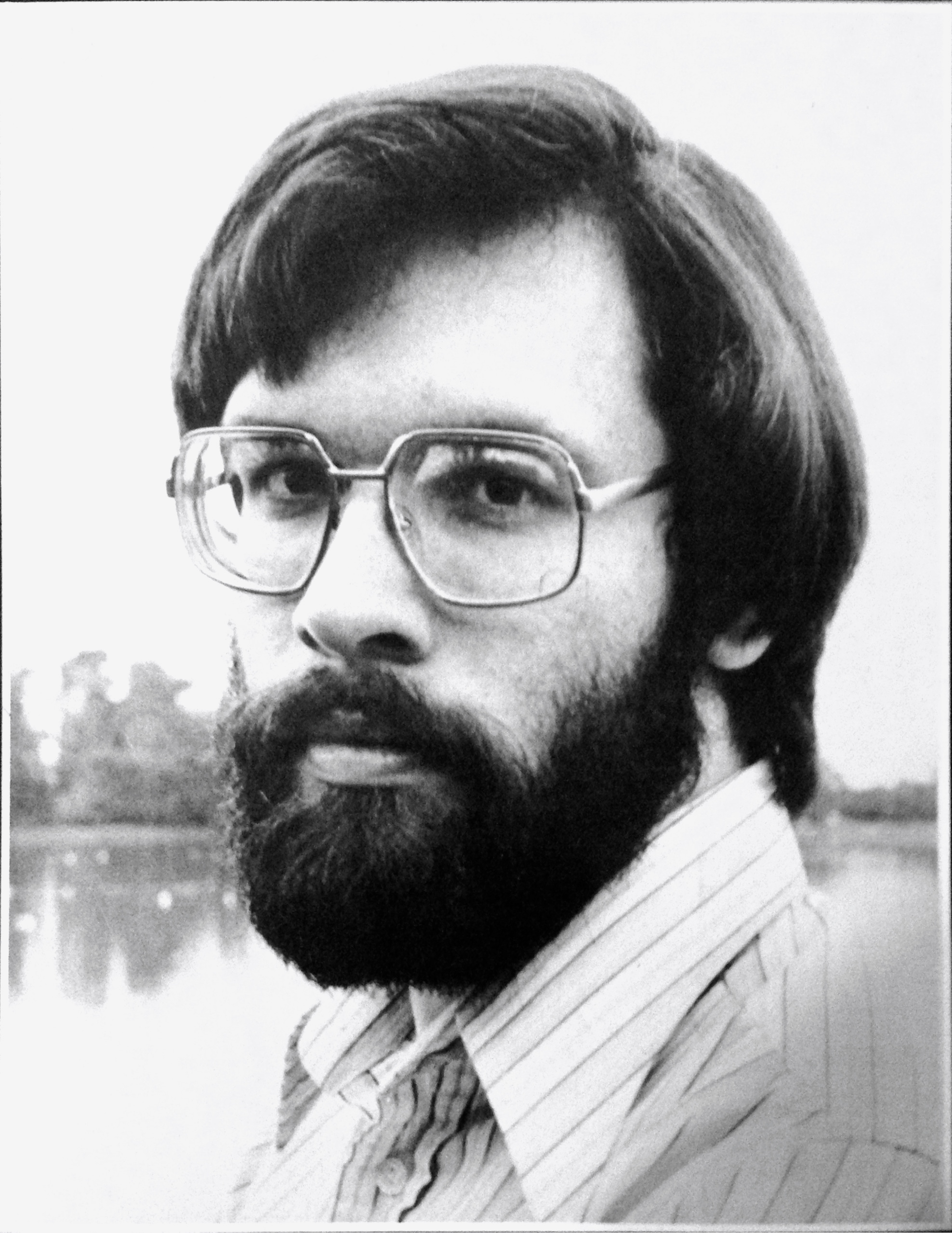
Searching for a nanotech self-organizing principle
One of the frustrations of nanotechnology is that we generally can’t make nano materials in large quantities or at low cost, much less both. For the last five years a friend of mine has been telling me this story, explaining that there’s a secret manufacturing method and that he’s seen it. I’m beginning to think the guy is right. We may finally be on the threshold of the real nanotech revolution.
Say you want to build a space elevator, which is probably the easiest way to hoist payloads into orbit. Easy yet also impossible, because no material can be manufactured that is strong enough to make an elevator cable to space. The weight of the cable alone would cause too much tensile stress: it couldn’t carry itself, much less a commercially-viable payload, too. Some exotic new material is required, one with a strength-to-weight ratio beyond any present material, even spider silk. So we talk about space elevators, we have conferences about space elevators, we draw picture after picture of space elevators, yet we can’t make one. Or couldn’t… until now.

Our $27,500 drone. Do you have one, too?
This is the kind of thing you find on the bedroom floor of a 14 year-old boy. It’s a gift from last Christmas, still sitting in its box, not yet flown for a reason that often comes down to some variation of "but the batteries need to be charged". I’d forgotten about it totally, which means the little drone missed the FAA’s January 20th registration deadline. Technically, I could be subject to a fine of up to $27,500. If the unregistered drone is used to commit a crime the fine could rise to $250,000 plus three years in prison.
Do you have an unregistered drone sitting in a closet somewhere?

Is IBM guilty of age discrimination? -- Part two
This is the promised second part of my attempt to decide if IBM’s recent large U.S. layoff involves age discrimination in violation of federal laws. More than a week into this process I still can’t say for sure whether Big Blue is guilty or not, primarily due to the company’s secrecy. But that very secrecy should give us all pause because IBM certainly appears to be flaunting or in outright violation of several federal reporting requirements.
I will now explain this in numbing detail.

Is IBM guilty of age discrimination? -- Part one
Is IBM guilty of age discrimination in its recent huge layoff of US workers? Frankly I don’t know. But I know how to find out, and this is part one of that process. Part two will follow on Friday.
Here’s what I need you to do. If you are a US IBMer age 40 or older who is part of the current Resource Action you have the right under Section 201, Subsection H of the Older Worker Benefit Protection Act of 1990 (OWBPA) to request information from IBM on which employees were involved in the RA and their ages and which employees were not selected and their ages.

Equity crowdfunding finally arrives May 15: Curb your enthusiasm
Back in the spring of 2012 Congress passed the Jumpstart Our Business Startups Act (the JOBS Act) to make it easier for small companies to raise capital. The act recognized that nearly all job creation in the US economy comes from new businesses and attempted to accelerate startups by creating whole new ways to fund them.
The act required the United States Securities and Exchange Commission (SEC) by the end of 2012 to come up with regulations to enable the centerpiece of the act, equity crowd funding, which would allow any legal US resident to become a venture capitalist. But the regulations weren’t finished by the end of 2012. They weren’t finished by the end of 2013, either, or 2014. The regulations were finally finished on October 30, 2015 -- 1033 days late.

Ginni the Eagle: IBM’s corporate 'transformation'
I promised a follow-up to my post from last week about IBM’s massive layoffs and here it is. My goal is first to give a few more details of the layoff primarily gleaned from many copies of their separation documents sent to me by laid-off IBMers, but mainly I’m here to explain the literal impossibility of Big Blue’s self-described "transformation" that’s currently in process. My point is not that transformations can’t happen, but that IBM didn’t transform the parts it should and now it’s probably too late.
First let’s take a look at the separation docs. Whether you give a damn about IBM or not, if you work for a big company this is worth reading because it may well become an archetype for getting rid of employees. What follows is my summary based on having the actual docs reviewed by several lawyers.

Avram Miller on the death of Intel's Andy Grove
Avram Miller, who is my friend and neighbor here in rural Sonoma County, wrote a very insightful post on the passing of Andy Grove.
It’s well worth reading.

$99 Mineserver: The devil is in the details
You may recall my three sons ran a successful Kickstarter campaign last fall for their $99 Mineserver, a multiuser Minecraft server the size of a pack (not a carton) of cigarettes. On the eve of their product finally shipping here’s an update with some lessons for any complex technical project.
At the time we shot the Kickstarter video my kids already had in hand a functional prototype. Everything seen in the video was real and the boys felt that only producing custom cases really stood in the way of shipping. How wrong they were!

What's happening at IBM? (It's dying)
This is a column I didn’t want to write. Like many of you I am tired of IBM stories and the company that was once an industry leader has become, at best, a poster child for how not to manage the later stages of a corporate life cycle. But because what’s happening at IBM is also happening right now at hundreds of other big technology companies makes it worth covering. So let me be clear: IBM is dying.
Last week a huge round of layoffs hit IBM just as I predicted back in January. The company is releasing as few details as possible. Nobody, for example, knows exactly how big is this layoff -- how many people are being let go? IEEE Spectrum found one source that said the number was 30 percent of the U.S. IBM workforce, a number which IBM says is too high. I also believe 30 percent is too high, especially if you confound it with retirements, contractors being axed, etc.

Apple vs. the FBI isn't at all the way you think it is
The FBI holds an iPhone that was owned by one of the San Bernardino terrorists, Syed Rizwan Farook, and wants Apple to crack it. Apple CEO Tim Cook is defying the FBI request and the court order that accompanied it, saying that cracking the phone would require developing a special version of iOS that could bypass passcode encryption. If such a genetically modified mobile OS escaped into the wild it could be used by anyone to crack any current iPhone, which would be bad for Apple’s users and bad for Amurica, Cook says. So he won’t do it, dag nabbit.
That’s the big picture story dominating the tech news this week. However compelling, I’m pretty sure it’s wrong. Apple isn’t defying the FBI. Or at least Apple isn’t defying the Department of Justice, of which the FBI is supposed to be a part. I believe Apple is actually working with the DoJ, which doesn’t really want to compel Apple to do anything except play a dramatic and very political role.

Why Apple doesn't sell televisions
At least twice over the past decade Apple has been close to announcing its own television. Not the Apple TV set top box but actual big screen TVs with, well, big screens. But both times I’ve heard about this Apple backed away at the last minute. And the reason why they did was because even an Apple television would be just another television with an Apple logo. Steve Jobs realized that TVs had become a commodity and there didn’t seem to be an obvious way to make Apple’s television special.
I’m not here to say Apple has finally found its TV design path as suggested in Walter Isaacson’s book and will be doing a big screen TV after all. In fact I’m pretty sure Apple will never sell its own TVs. But I think Cupertino has finally figured out a way to grab an important and profitable part of nearly all TVs, controlling the future of video entertainment in the process.

Amazon bookstores: It’s the drones, stupid
Remember the motto of the Clinton Presidential campaign back in 1992: "It’s the economy, stupid!" That election was about the economy and Clinton won as a result. Well Amazon.com this week let slip its plan to open 300-400 bookstores in U.S. cities, sending Wall Street analysts into a tizzy because bookstores look to them like a lousy business even for the world’s biggest bookseller. But this isn’t about selling books. This Amazon plan -- if it happens at all -- is about creating bases from which to fly delivery drones.
Delivery drones are to me a stupid idea except in certain rare circumstances like flying prescriptions to people living on remote islands. But Amazon is acting like it actually means it. And if it does mean it, then it’ll need a place from which to fly those drones.

Personal computers approach retirement age
My birthday was this past week. When I came to Silicon Valley in 1977 I was 24 years old. Thirty-nine years later I am 63 and a lot changed around me in those four decades. I went from young to old. The personal computer industry, of which I consider myself to be a part, went from being two years old to 41 -- an even greater change than I have experienced.
And the point of this column is to write a bit about how personal computers have matured and where they are going, because I am pretty sure the PC is going away. And I have figured out why.

Final Prediction #10: Apple will buy Dish Network
A third of the people who read this column don’t live in the USA so maybe this prediction isn’t interesting to them, but I think Apple will buy Dish Network, the American direct satellite TV broadcaster. It’s the only acquisition that will give Apple the kind of entry point they want into the TV business, allowing Cupertino to create overnight an over-the-top (OTT) Internet streaming video service -- effectively an Internet cable system.
Buying Dish would be a bold move for Apple because all the benefits Cupertino seeks aren’t obviously available. True, Dish has 14 million U.S. subscribers (I am one of those) who get 100+ channels of TV from the sky. True, Dish has an existing OTT streaming service called Sling that already offers a subset of the company’s cable channels. But it doesn’t necessarily follow that Dish could simply transfer its satellite content to the Internet, at least beyond what it does already with Sling.

Prediction #9: Intel starts to become irrelevant
I know I promised that my next 2016 prediction would be Apple’s big acquisition, and I will publish that prediction soon as my #10, but right now I just have to say what a perilous position Intel is in. The company truly risks becoming irrelevant, which is an odd thing to say about a huge, rich outfit that would appear from the outside to pretty much dominate its industry -- an industry the company created. Intel won’t go away, I just think there is a very good chance it’ll no longer matter.
We’re approaching the end of the closed, proprietary, single source technology era. ARM processors are freely licensed, more open, and much more cost competitive than similar products from Intel or AMD. If you need 10 million chips for your next product do you buy them from Intel? Or do you get a license from ARM and hire a foundry to make them for you?

